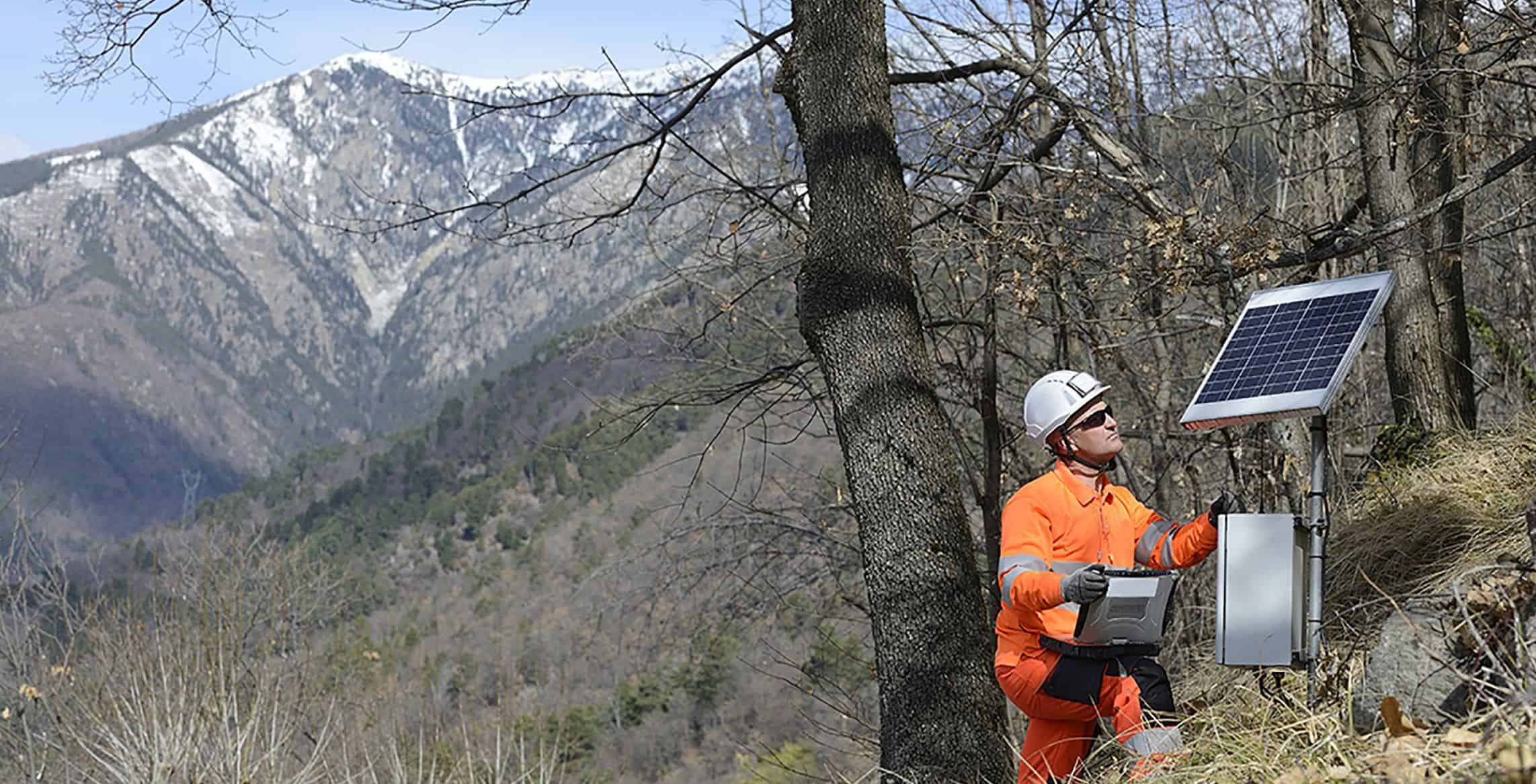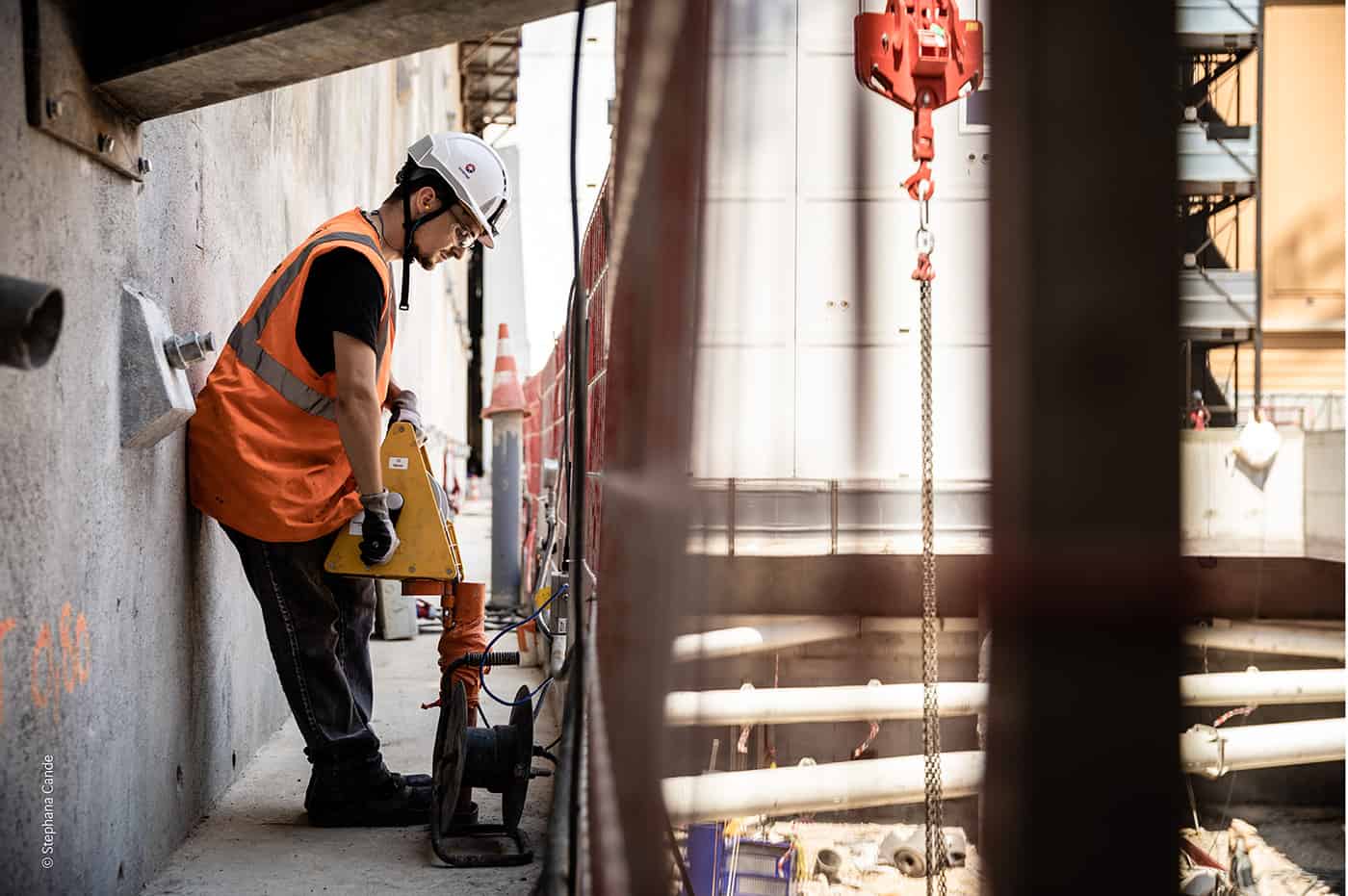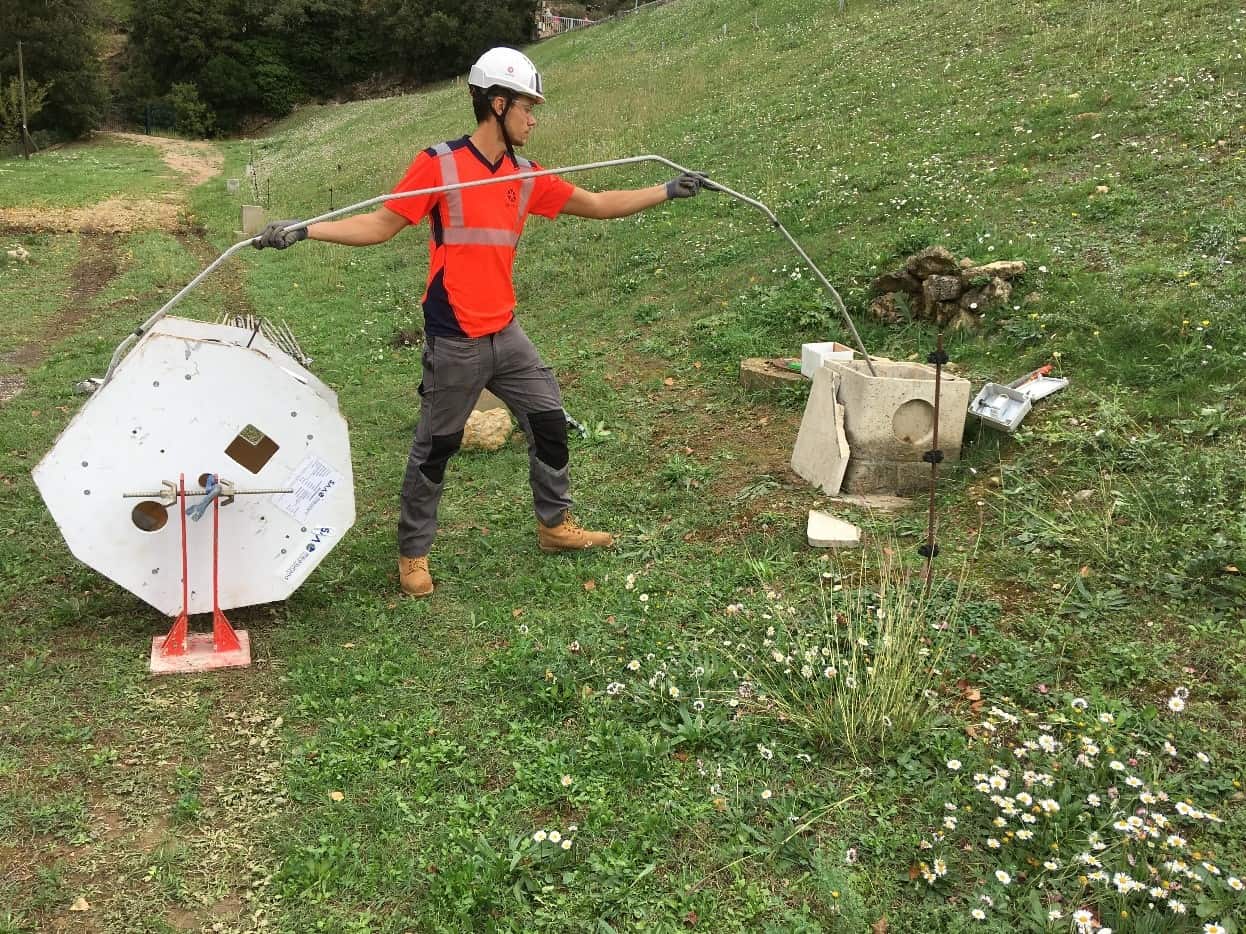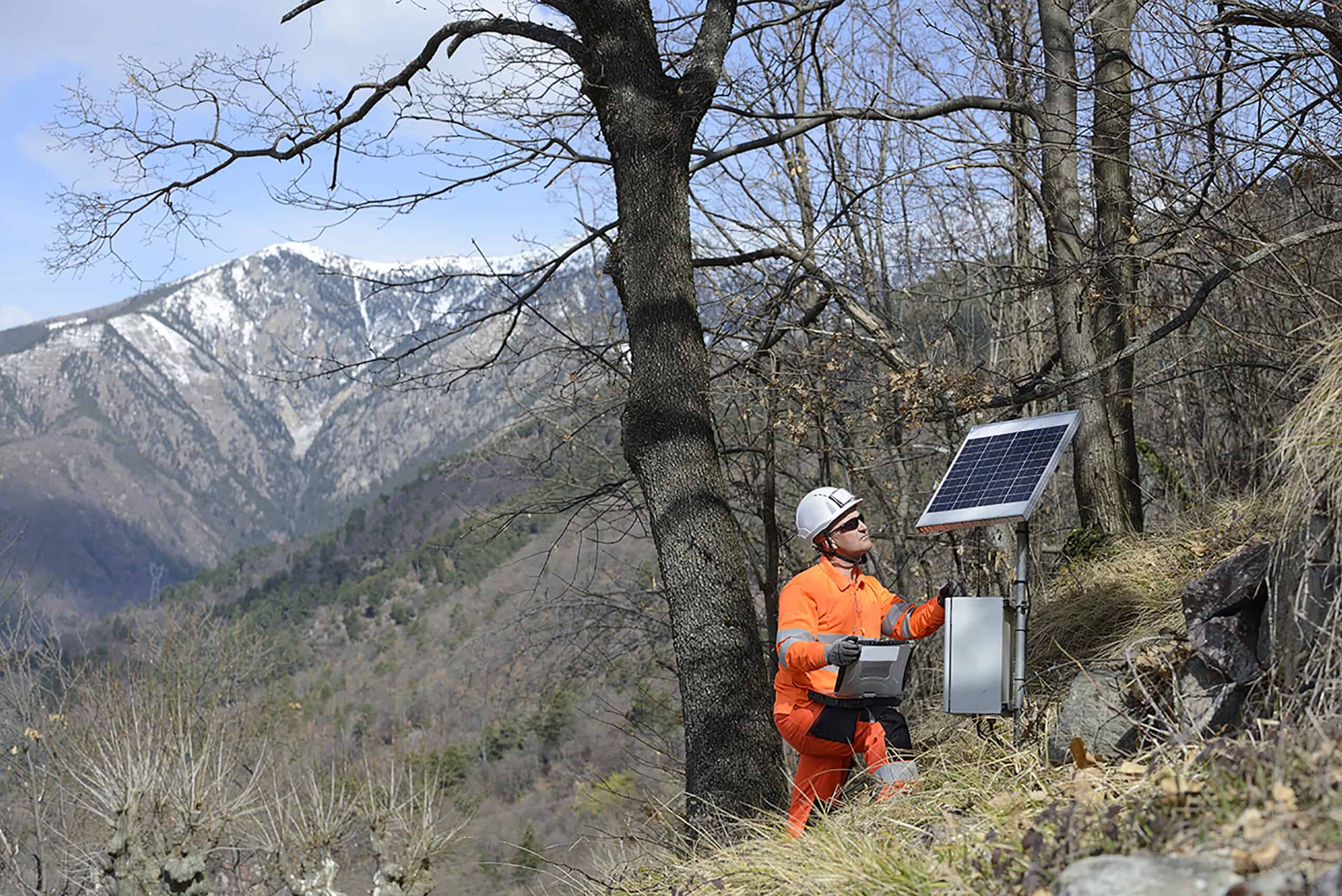Installed within the ground, geotechnical monitoring can be used to measure:
- Sub-surface water levels
- Vertical and horizontal deformation in the form of settlement, heave and slip
- Changes in soil load and stress states
Earthworks, demolition, specialist foundations and subsurface construction activities usually generate ground-related movement that should be monitored.
Incorporating a geotechnical monitoring regime into these construction activities provides a method for controlling of construction related geotechnical risks, and can contribute to the effective, safe and timely delivery of development projects.
Geotechnical instrumentation installed during earthworks projects can also be retained for long-term monitoring (structural health monitoring) of cuttings and embankments, for example.
Geotechnical monitoring is also useful for understanding and analysing soil movement such as landslips and settlements, for example. The installed instrumentation can also assist with cause diagnostics, deconsolidation risks and identifying any reinforcement work that may be required.
Sensor types
The range of geotechnical instrumentation or sensors that can be deployed on site includes:
- Sensors to measure sub-surface water level and interstitial pressure.
- Relatively inexpensive and simple to manufacture, piezometer data can be acquired manually or automatically.
- Interstitial Pressure Cells (IPCs) can provide crucial information on soil behaviour at predefined depths.
- Sensors to measure ground deformation
- Extensometers (such as magnet, rod or in-place extensometers) record the vertical displacement of the ground, to millimetric accuracy, at different elevations within a borehole.
- Inclinometers, such as 4D Shape, measure lateral (horizontal) deformation below ground to millimetric accuracy. They can be installed within a borehole directly into the ground, or in foundations (diaphragm walls, piles, etc…).
- Hydraulic Settlement Cells, horizontally configured inclinometers and fibre optics are amongst a range of sensors that are able to measure vertical displacment profiles in embankments.
- Sensors to measure soil stress state
- Earth Pressure cells are used to measure effective stress and pore water pressure in soils and at the interface between structures and the wall of excavation.
Installing geotechnical instrumentation allows you to:
- Control the geotechnical risks associated with your construction project
- Understanding soil behaviour as the basis for:
- Checking actual (as opposed to theoretical) deformations
- Optimising the process of measuring subsoil structures
- Managing geotechnical risks (e.g. landslips)
- Monitor the structural soil state over the long term (in embankments and cuttings, etc.)



